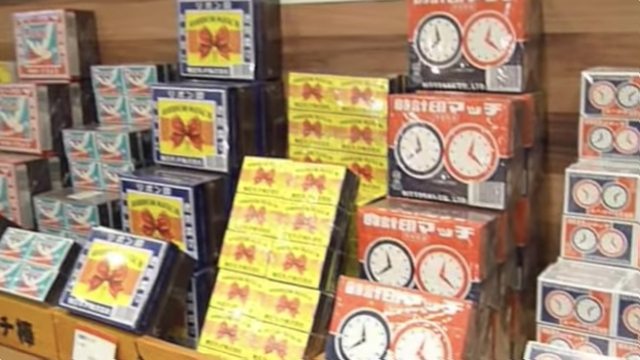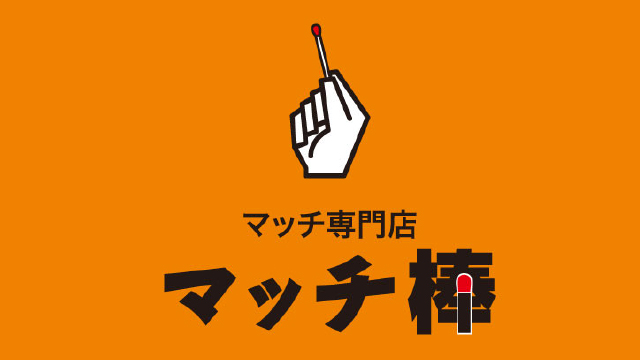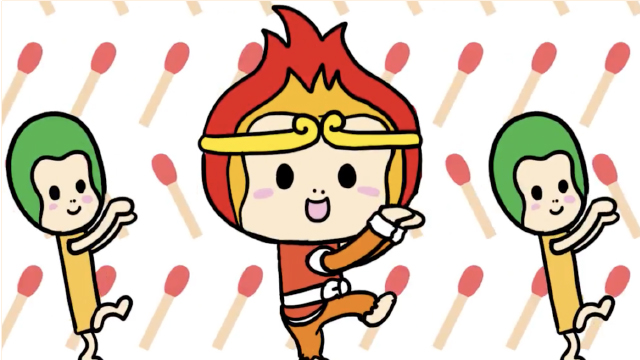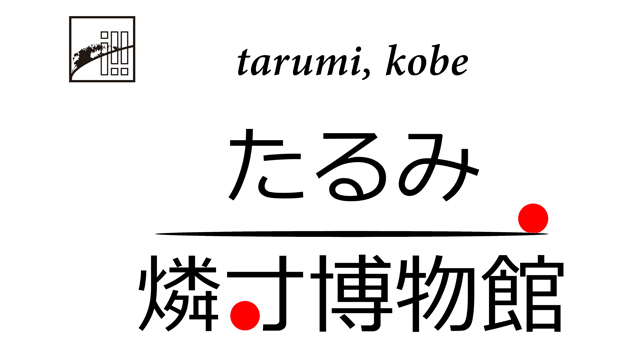Column
HOME > Virtual Museum > Column > Cherry flowers, the symbol of Japan, were the first design of Shinsuisha Co., Ltd.
Accomplishments of Makoto Shimizu, the founder of Japanese match business
 Makoto Shimizu, originator of match production in Japan : Makoto was born on December 25th, in Kouka 2. He established Shinsuisha in 1876 (Meiji 9), but went bankrupt in 1888 (Meiji 21). Later he revived in match business and left brilliant accomplishments. He passed away on February 8th, 1899 (Meiji 32).
Makoto Shimizu, originator of match production in Japan : Makoto was born on December 25th, in Kouka 2. He established Shinsuisha in 1876 (Meiji 9), but went bankrupt in 1888 (Meiji 21). Later he revived in match business and left brilliant accomplishments. He passed away on February 8th, 1899 (Meiji 32). Makoto Shimizu’s memorial statue (right) and monument to honor his work (left)
Makoto Shimizu’s memorial statue (right) and monument to honor his work (left)
 Makoto Shimizu’s monument under construction in 1899 (Meiji 32)
Makoto Shimizu’s monument under construction in 1899 (Meiji 32)
Matches made on trial before Makoto Shimizu came into the business
Matches had been made on trial and sold on small scales in Japan before Makoto Shimizu built the factory. In 1839 (Tenpo 10), Michitaka Kume, who was called as Japanese Leonardo da Vinci, and Saemon Sakae tried to produce matches in Japan. Then in 1848 (Kaei 1), Koumin Kawamoto, who lived in Hyogo Prefecture and has been respected as the originator of chemistry in Japan, manufactured matches on trial. Meiji Government had promoted match manufacturing giving subsidies so that resigned samurais could start the business after collapse of the feudal regime in Japan. As a matter of fact, a match manufacturing company called “Hoko Co., Ltd.” was founded in Morioka Domain in Iwate Prefecture in 1873 (Meiji 6); but the company failed to catch up with new technologies and was also lack of operating capital, so after all its business did not have good outcome like that of Makoto Shimizu. Makoto Shimizu’s monument was repaired in 1932 (Showa 7) : The monument was built in 1899 (Meiji 32) in precincts of Tokyo Kameido Tenjin Shrine, but it was partially ruined during Kanto Big Earthquake: so it was repaired in 1932 (Showa 7).
Makoto Shimizu’s monument was repaired in 1932 (Showa 7) : The monument was built in 1899 (Meiji 32) in precincts of Tokyo Kameido Tenjin Shrine, but it was partially ruined during Kanto Big Earthquake: so it was repaired in 1932 (Showa 7).
 Tomb of Makoto Shimizu : It was built on February 8th, 1905 (Meiji 38) in Gyokusenji Temple, Kanazawa City.
Tomb of Makoto Shimizu : It was built on February 8th, 1905 (Meiji 38) in Gyokusenji Temple, Kanazawa City.
Designs of Shinsuisha Co.,Ltd.
Completing the set up of match business, Makoto Shimizu made dynamic activities: Makoto achieved adequate selection of material trees to use for matchsticks and commenced production of safety matches, as well as exported Japanese matches after he founded a match distribution company named “Kaiko Trading Co., ltd.” He also accomplished improvement of match manufacturing machines and acquired patent rights of his inventions such as book match (connected match): and his remarkable achievements helped Japan later to rise up as the match country. In this site, we like to show Shinsuisha’s match labels made in the beginning. The first trademark of Shinsuisha : It is considered to be the first trademark of Shinsuisha, which was established in 1876 (Meiji 9). The similar design can be seen on the memorial statue, which Tokyo municipality built in the precincts of Tokyo Ryogoku High School to commemorate Shinsuisha’s match production in the place.
The first trademark of Shinsuisha : It is considered to be the first trademark of Shinsuisha, which was established in 1876 (Meiji 9). The similar design can be seen on the memorial statue, which Tokyo municipality built in the precincts of Tokyo Ryogoku High School to commemorate Shinsuisha’s match production in the place.
 Exquisite match labels that were printed using copperplate : It was delicately made and printed by Mint Authority (National Printing Bureau, presently) to honor the winning prize of Houmonsho at the first Japan Business Exposition in 1877 (Meiji 10). Picture shows the winning medal on the right and French medal on the left to praise Makoto Shimizu’s study in France.
Exquisite match labels that were printed using copperplate : It was delicately made and printed by Mint Authority (National Printing Bureau, presently) to honor the winning prize of Houmonsho at the first Japan Business Exposition in 1877 (Meiji 10). Picture shows the winning medal on the right and French medal on the left to praise Makoto Shimizu’s study in France.
 Cherry flower : Winning medal of “Shinpo first prize” and “Yuuko first prize” given at the Second Japan Business Exposition in 1881 (Meiji 14) is also shown. It is because Toshimichi Ookubo, the minister of Japanese government, encouraged match manufacturers to display the medal picture of prize on match labels, so that they could appeal their excellent works.
Cherry flower : Winning medal of “Shinpo first prize” and “Yuuko first prize” given at the Second Japan Business Exposition in 1881 (Meiji 14) is also shown. It is because Toshimichi Ookubo, the minister of Japanese government, encouraged match manufacturers to display the medal picture of prize on match labels, so that they could appeal their excellent works.
 Matches to use at the altar
Matches to use at the altar
When he was starting the production of matches, Makoto Shimizu looked around to decide the first design on the match label, and chose cherry flowers, the symbol flower of Japan. Some people say Makoto decided on the cherry flowers as the initial design of Shinsuisha’s match label, because he first encountered cherry flowers in blossom at the Ueno Park when he moved to Tokyo from Kanazawa with his heart filled with ambitions. Then, designs of horses as seen in votive boards were employed in addition to “Branch of Cherry-Flowers” and “Cherry Flower.” The reason of horse design on the match labels was because horse was then considered as god of water: the yellow phosphorous matches manufactured at that time were dangerous as they spontaneously set fire, the manufacturers wanted their products be in control by the power of water god. Since the registration system of trademark had not been regulated yet then, many of bad-quality matches made by other companies copying designs of Shinsuisha’s cherry flowers and horses were causing headaches of the salesmen of Shinsuisha. Trademark registration system was regulated for the first time in Japan in 1884 (Meiji 17) and finally “Branch of Cherry-Flowers,” “Cherry flower,” and “the horse” were registered officially on June 20th, 1885 (Meiji 18).
 Trademark that copied the overseas’ match label : Match name is printed in French. Shinsuisha was selling matches in Koamimachi, Tokyo around 1881 (Meiji 14).
Trademark that copied the overseas’ match label : Match name is printed in French. Shinsuisha was selling matches in Koamimachi, Tokyo around 1881 (Meiji 14).
 Trademark design of horse and cherry flower branch : Since trademark registration system was not fixed yet in the early time of match production, the label of Shinsuisha says “Trademark.”
Trademark design of horse and cherry flower branch : Since trademark registration system was not fixed yet in the early time of match production, the label of Shinsuisha says “Trademark.”
 Original trademark registration book in the patent office
Original trademark registration book in the patent office



